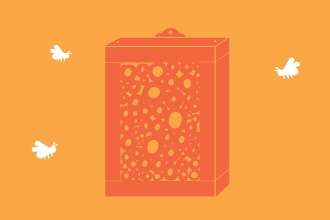Cornish mining… by bees
During my daily walks throughout the April 2020 coronavirus lockdown, I’ve been noticing new round holes on bare earth paths, with little piles of soil around them, as if something very small has been drilling into the ground.
I’ve seen the occupants going in and out in past summers – and they were one of the 100 or more species of mining bees. Mining bee holes are sometimes found together in groups, depending on the species. You are most likely to find them in your garden in spring. Up to 60cm in depth, the tunnels branch off underground, with a chamber for each individual egg, which is laid on a clump of nutritious pollen.
The stings of these gentle bees are unlikely to penetrate human skin, so sit back and enjoy their company.
One of the earliest mining bees to emerge is the hairy-footed flower bee. My brother spotted them in his London garden last week and wondered where they were nesting. I suggested the nearby (currently abandoned) private golf course, as they like bare ground and banks (as in golf bunkers). However, they may also be found nesting in walls.
You can help mining bees by leaving earth banks and patches of soil available in sunny places, by using no pesticides whatsoever in your garden, and importantly, by growing a wide variety of flowering plants to feed bees through as much of the year as possible. In mild Cornwall this can mean year-round flowers in your garden. Don’t forget flowering bushes and trees. For suggestions, see how to attract bumblebees to your garden.
Pictured here are the holes of one of the latest mining bees to fly in autumn, the ivy bee (Colletes hederae).





